The pull of home is a constant - it really is where the heart is
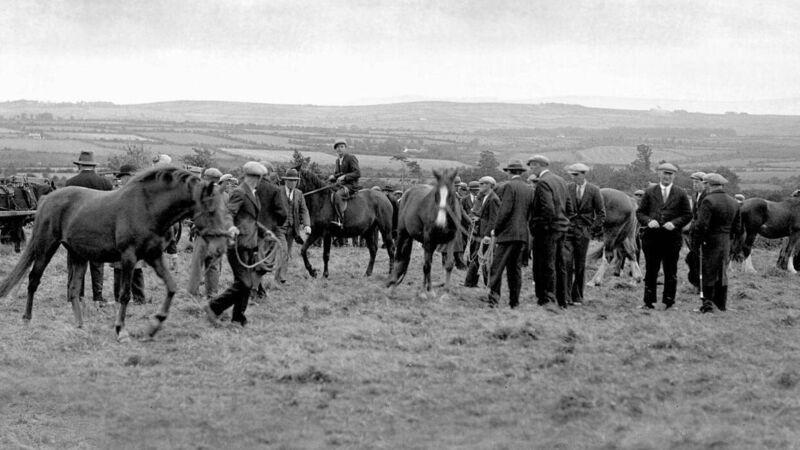
From 1965 until its demise 14 years later, we often came home from the Sunday night Confraternity fairly lively in order not to miss the goings on in Leestown.
Back then, soaps were used to wash, scrub, disinfect and fumigate various and multiple body parts. I can’t recall when the term ‘soap’ became associated with programmes on the telly - certainly it didn’t apply to The Riordans, Tolka Row, or Glenroe.
Anyhow, I loved that tune The Palatine’s Daughter, especially the raucous and thumping version by Seán Ó Riada and Co in the Gaiety, it still makes my spine tingle to hear it played with such gusto.
The Palitanate is a region in Germany. During a period of religious persecution in the late 1600s and early 1700s, thousands of families fled from there. They went all over the world, thousands went to England. In 1709, about 3,000 of these Palatine people came to Ireland. It wasn’t exactly a humanitarian gesture of welcome to Old Erin. Many of the then English landlords with Irish estates were anxious to increase the Protestant populace.
Sir Thomas Southwell, of Castle Matrix, near Rathkeale, Co Limerick, brought in about 200 families to lands in and around Rathkeale. Within a few years many of the Palatines had scattered around Ireland, or left for England or America - some went ‘home’ to Germany.
But the Palatine tradition remained strong in the Limerick area, and in places like Ballyorgan, Glenosheen, Adare and Pallaskenry, they integrated well into the community. Palatine surnames such as Switzer, Bowen, Gleasure, Miller, Baker, Piper, and Jacob are still with us. The Palatine’s Daughter is an enduring musical legacy of bygone troubled times.
When ’twas announced at our Mass on Sunday week last that a Missionary from the Palatine Missionary Society would be addressing us last Sunday, I was bemused! I’d understood the Palatines had a proud Protestant tradition, so even allowing for ecumenical harmony, transition and all that, I thought it a bit strange.
At Mass last Sunday, I first noticed donation envelopes for the Pallottines - not the Palatines! So, when Brother Stephen Buckley spoke, he explained that the Society he was a member of was founded by an Italian Priest, Fr Vincent Pallotti, who lived from 1795 until 1850. He founded the Union of Catholic Apostolate in 1835 and as the decades went by the Union became known as the Pallottines.
Fr Vincent was canonised as a Saint of the Church in 1963. Br Stephen told us of the Missionary work of his order at home and abroad. I’m always humbled and in awe at these men and women who devote their lives to the task of helping others all over the world.
After Mass, I spoke to Br Stephen. He knew me well and thanked me for singing a song at his uncle’s funeral in early May! Br Stephen’s mother Eileen is a sister of Pat Clohessy, who was buried here in our local cemetery, Gortroe.
The Clohessy family roots go deep in this parish - their oldest headstone in Gortroe dates to 1735. Pat lived in Midleton but ‘came home’ to be buried with his own kith and kin. As a tribute to Pat, a lovely man, I’d sang Because He Lives on the day of his burial. Indeed it’s a small world.
Then, on Monday night, I was at a GAA Club meeting when a number unknown to me rang my mobile phone - on silent. It rang again later and the third time I answered - it was Bishop John Buckley, wondering if I was ever again going to write about road bowling on The Echo! No, not really…
The Bishop and I had a great friend, Sr Marie Therese O’Connell, who was from Cork but lived most of her life as a poor Clare Nun in Lourdes where she died in 2015. Bishop John was in Lourdes when she died and he celebrated her Funeral Mass. She was born in 1923 - 100 years ago - so John the farmer and John the Bishop are trying to commemorate her life.
Before I went back into the GAA gathering on Monday night, the Bishop and I agreed the GAA has gone to the dogs, football is gone completely, and hurling and bowling are still to be admired and promoted.
Tuesday was the 15th of August, the Feast of the Assumption of the Blessed Virgin Mary. Paddy Geary, that worked for three generations of the Arnold family, died on that day 38 years ago, as did my late father-in-law Jimmy Meade in 1997.
Long ago, I often heard Paddy tell of how he’d always cycle to the Regatta in Cobh on August 15, a Church Holiday. He had O’Shea cousins in Carrigaloe just outside the town and he’d stop there for a chat and a meal. Cycling to Cobh from Bartlemy was seen as only a short spin back 60 years ago. When the Regatta was over, he’d head for home once more.
That theme of going or coming home was very relevant at Mass on Tuesday. Our celebrant, Fr Seanie Barry, is back home in his native Rathcormac, on holidays from his Missionary work in Nairobi, Kenya. He has spent many, many years on the Mission fields - work he loves - but he always looks forward to coming home.
He said we are a pilgrim people on life’s journey. I suppose we all long to be where there is ‘a place of safety ready’, I read those words from the Book of the Apocalypse where we were told, ‘Mary escaped into the desert where God had made a place of safety ready’.
Travel was all around in the readings, reminding us of our own journey. Luke’s Gospel on Tuesday outlined Mary’s trip to meet her cousin Elizabeth and their chats and gossip and expectant talk of babies due to be born in the future.
Fr Seanie emphasised the last line of that reading: ‘Mary stayed with Elizabeth about three months and then went back home.’
Home, home, home once again, that’s where we long to be.
No matter where I go, it’s in my soul, yes, that longing for home is a basic need, even a basic instinct that shapes us all.
So, in a few days, the Brother, the Bishop and the Priest all taught me a valuable lesson about what’s important in this life. Family, friends, community, those less well off than us home and away - all parts of life’s beautiful jigsaw on our journey.
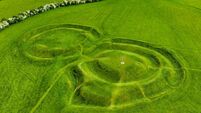
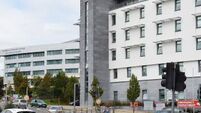

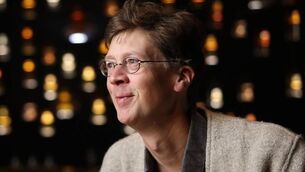
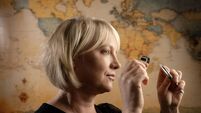


 App?
App?




